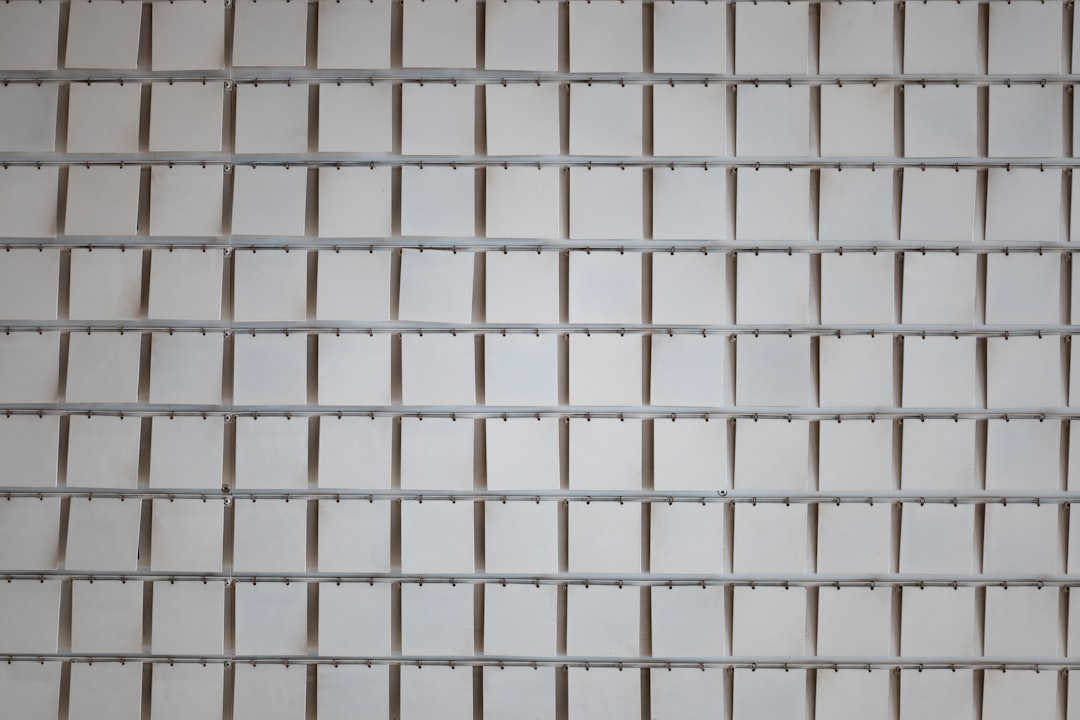Understanding Labor Cost to Install Tile Backsplash in Residential Homes
For construction professionals, accurately estimating the labor cost to install a tile backsplash is crucial. Costs can range from $45-$75 per hour depending on the complexity and location. This guide provides insights into the factors affecting labor costs, helping you deliver precise estimates and manage budgets effectively.
Why Labor Drives the Majority of Backsplash Spend
Labor costs often account for 55-70% of the total backsplash installation cost. Factors such as layout complexity, surface preparation, and tile pattern significantly influence these costs. Understanding these variables is essential for accurate budgeting.
Five Core Variables That Shape Labor Pricing
- Square footage and backsplash height: More coverage requires more time.
- Tile type and size: Different tiles require varying cutting and spacing efforts.
- Surface conditions: Fresh drywall is quicker to work with than existing tile tear-out.
- Pattern complexity: Complex patterns like herringbone can double layout time.
- Access and kitchen obstacles: Outlets and cabinets complicate measurements and cuts.
Typical Labor Ranges in San Antonio
Based on industry data, expect:
- Standard subway tile, 30 sq ft: 5-7 hours at $45-$65 per hour.
- Mosaic sheets, 35 sq ft: 7-10 hours at $50-$70 per hour.
- Herringbone pattern, 40 sq ft: 10-14 hours at $55-$75 per hour.
Additional hours may be required for tear-outs or extensive wall repairs.
How Preparation Impacts Labor Cost
- Surface cleaning: Necessary for grease or wallpaper residue.
- Leveling and skim coating: Essential for even surfaces.
- Outlet extension rings: Required for flush installations.
Pro Tips to Trim Labor Hours
- Choose larger tiles to reduce cuts.
- Opt for simple patterns to minimize layout time.
- Prepare materials and tools in advance.
- Use digital mock-ups to reduce on-site adjustments.
DIY vs. Pro: When Paying Labor Saves Money
While DIY might seem cost-effective, professional installation often results in better quality and efficiency, reducing material waste and tool rental costs.
Case Study: 36-Sq Ft Marble Subway Backsplash
A recent project involved a 36 sq ft marble subway tile installation, requiring 8.4 hours of labor, including demo and surface prep. The final cost was closely aligned with the estimate, demonstrating the importance of accurate planning.
Beyond Labor: Full Project Budgeting
Consider additional costs such as thin-set, grout, and disposal fees to provide comprehensive project estimates.
Additional Insights: Scheduling, Crew Size, and Seasonal Factors
Effective scheduling and crew management are vital for controlling backsplash installation costs. Here are some key considerations:
Optimal Crew Size
- Solo installer: Suitable for small areas but may face delays.
- Two-person crew: Ideal for medium-sized projects, enhancing efficiency.
- Three-plus crew: Best for large or time-sensitive projects, though coordination is crucial.
Seasonal Scheduling
Consider regional climate impacts on installation times. For example, high humidity can slow mortar curing, affecting labor efficiency.
Material Lead Times
Plan for potential delays in custom tile orders to avoid project hold-ups.
Securing Skilled Labor
Utilize networks to find qualified professionals, ensuring quality and timely project completion.
Next Steps
- Create an account and upload project details for accurate estimates.
- Review and adjust labor breakdowns as needed.
- Secure your preferred crew for optimal project execution.

